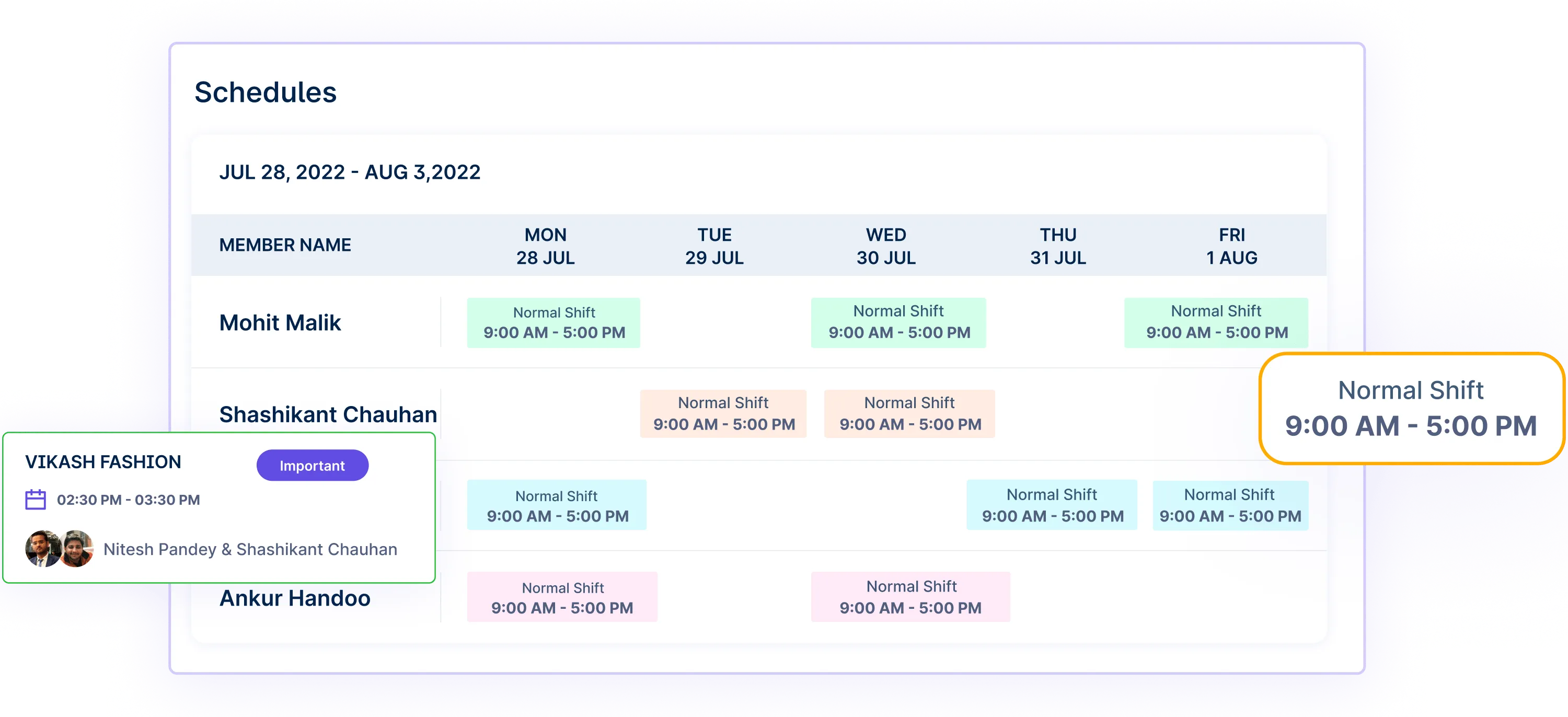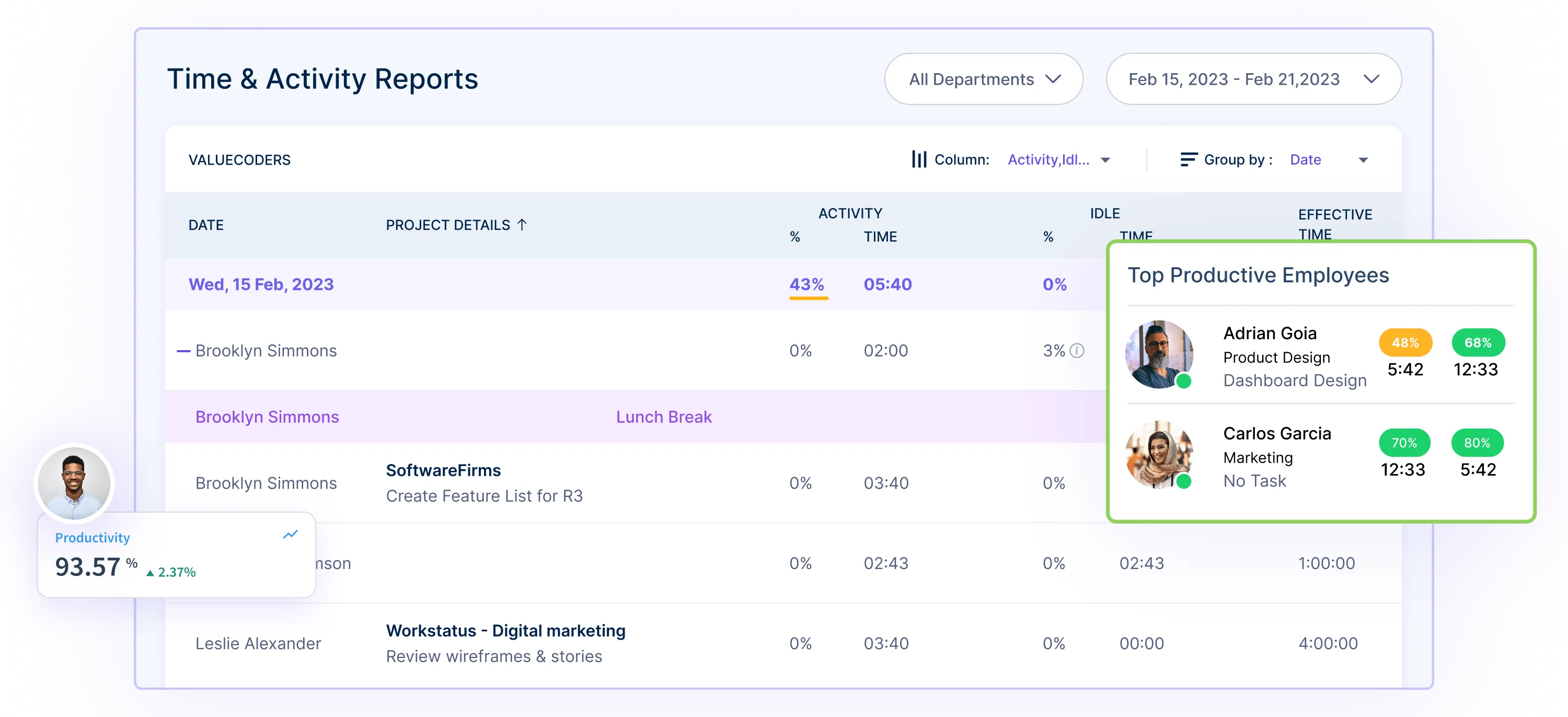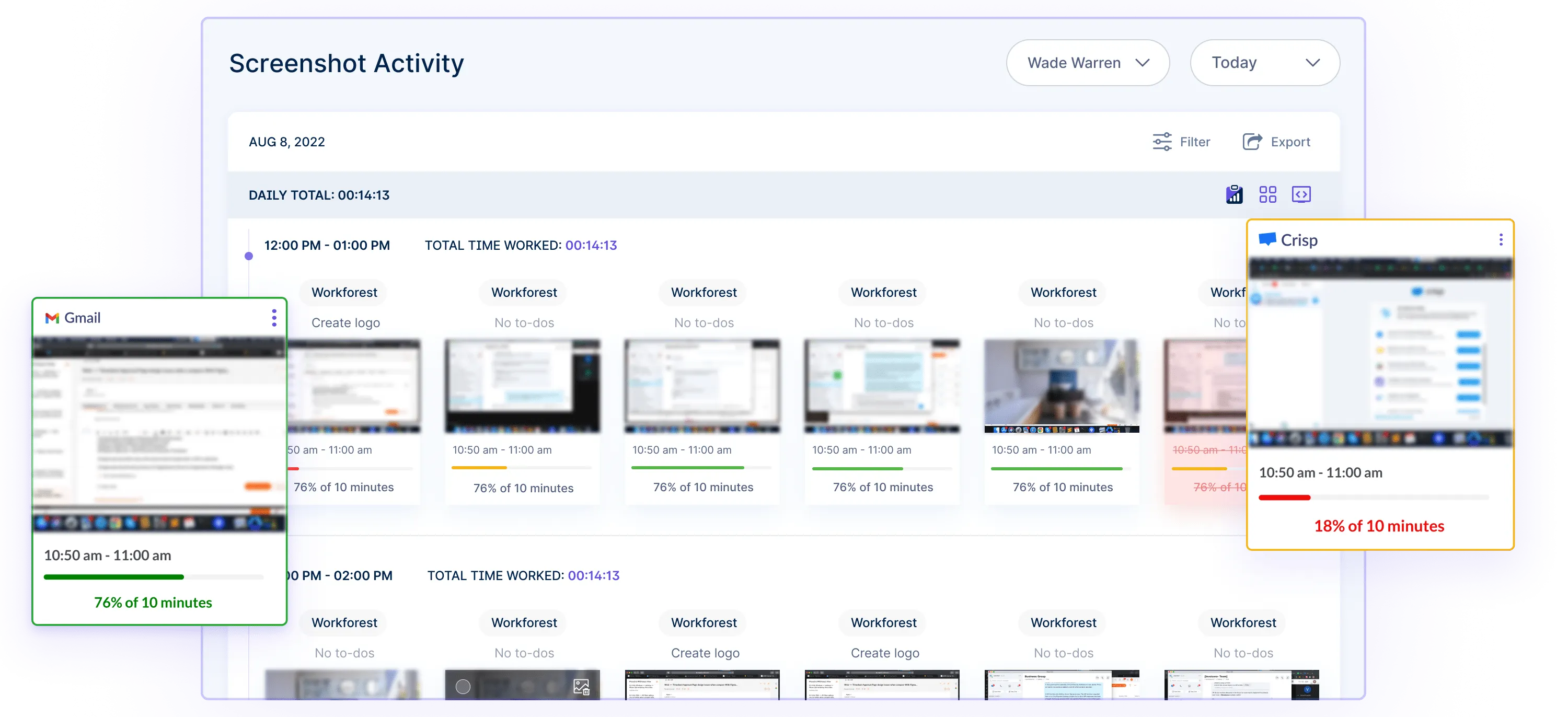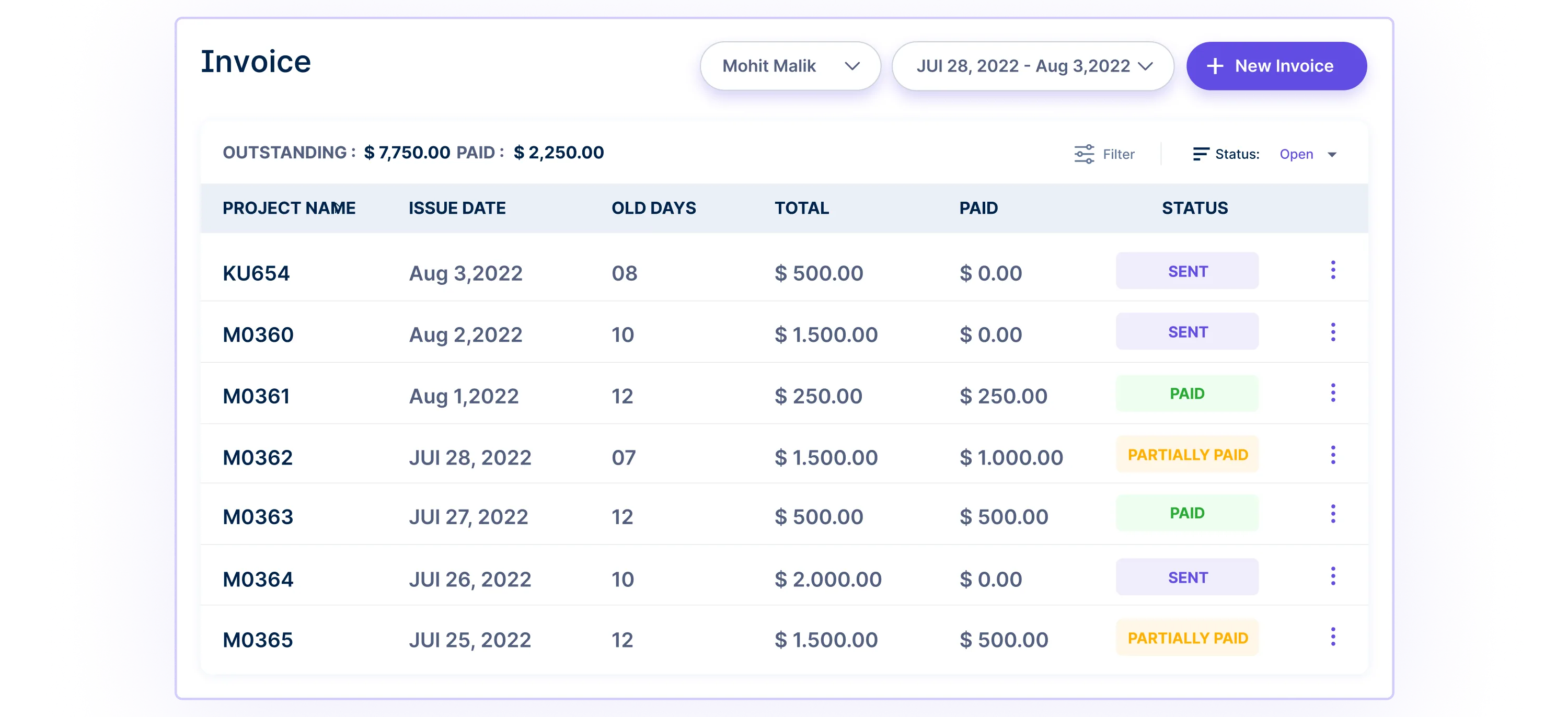Table of Contents
Introduction
The COVID-19 pandemic forced a huge shift to remote work. Almost overnight, companies had to adapt to fully-distributed teams.
Now, with hybrid and remote work here to stay, organizations must understand the psychology of this new world of work.
Did You Know?
Recent surveys show that over half of employees feel less connected and more isolated when working remotely. 40% struggle to unplug after work hours, leading to burnout.
Meet John, an account manager who loved the social office atmosphere at his job. When COVID hit, he found himself working from a tiny apartment. Video calls left him drained. Keeping fit was a challenge. John missed the office banter and morale. His workdays blurred into his evenings.
Like John, employees worldwide are facing new psychological pressures. But with the right strategies, companies can enhance mental health and foster thriving remote teams.
Discover how tools like Workstatus boost employee well-being through better engagement and culture-building.
Let’s dive into the remote work psyche and how to create environments optimized for employee wellness.
Understanding Remote Work Psychology
The COVID-19 pandemic forced a huge shift to remote work overnight. This rapid change to virtual offices impacted employees psychologically.
Employees gained location flexibility but lost in-person interactions. Home workspace issues arose. Manager relationships went virtual. New communication tools were quickly adopted.
While remote work provides benefits like flexibility, it also brings psychological considerations from mental health to company culture.
Understanding these factors allows organizations to support remote teams better.
1. Psychological Impact of Traditional Office Settings
For years, the traditional office was the dominant workplace format. This model came with certain psychological impacts on employees.
- Commuting caused stress and wasted time for many workers
- Open floor plans led to distractions and noise frustrations
- Rigid 9-5 hours disrupted work-life balance for parents and caregivers
- Onsite demands limited flexibility, and remote options
2. Adaptation to Remote Work Environments
When the pandemic hit, remote work replaced traditional offices practically overnight. This drastic shift required adaptation to an entirely new work environment.
- Employees gained flexibility but lost in-person interactions
- Home workspace challenges like noise or distractions arose
- Manager relationships evolved from in-person to virtual
- New communication methods and tools were quickly adopted
- Company cultures had to be recreated remotely
3. Factors Influencing Remote Work Psychologically
Several factors now influence the psychology of remote work arrangements.
- Stress from isolation and lack of socializing
- Difficulty unplugging and maintaining work-life boundaries
- Decreased sense of connection and engagement
- Fatigue caused by constant virtual interactions
- Limited physical activity and wellness habits
- The need for different management and feedback approaches
While remote work has many upsides, like flexibility, the new normal also introduces psychological considerations from mental health to company culture.
Understanding these factors allows organizations to support employees in remote or hybrid arrangements better.
Employee Well-being In Remote Work Environment
Employee well-being in remote work environments refers to how workers feel and their state of health while working from locations outside of a traditional office.
Here are some simple explanations:
1. Work-Life Balance: Remote work allows flexibility, but it can blur boundaries between work and personal life. Employee well-being involves finding the right balance so that work doesn’t overwhelm personal time and vice versa.
2. Mental Health: Working remotely can sometimes lead to feelings of isolation, stress, or loneliness.Maintaining mental health is crucial by staying connected with colleagues, taking breaks, managing stress effectively, and seeking support from online psychiatrists when needed.
3. Social Interaction: There’s built-in social interaction in an office, but remote work might feel isolating. Well-being means connecting with others through virtual meetings, online chats, or team-building activities.
4. Physical Health: Sitting for long hours without breaks or lacking a proper workspace can affect physical health. It’s important to take breaks, drink plenty of water, stretch and set up a comfortable workspace to ensure physical well-being.
5. Supportive Culture: Well-being thrives in a supportive work culture where employers encourage open communication, provide resources for mental health, and recognize the importance of a healthy work-life balance.
Employee well-being in remote work environments revolves around finding balance, maintaining good mental and physical health, staying connected, and fostering a supportive work culture despite the challenges posed by remote work setups.
The Role Of Workstatus In Improving Well-being
The rise of remote work has created new well-being, engagement, and productivity challenges for distributed teams.
However, tools like Workstatus provide targeted ways to enhance the remote experience.
Workstatus offers robust monitoring software with features that:
- Give managers visibility into work patterns to identify issues early
- Promote work-life balance by blocking distracting sites during work hours
- Cultivate connection through organization-wide chat and recognition programs
- Foster accountability while allowing staff autonomy and flexibility
With intelligent tracking, productivity metrics, and user insights, Workstatus empowers companies to drive performance, engagement, and wellness for hybrid and remote teams.
Here is how Workstatus can help improve well being of the remote workforce:
1. Time Tracking for Work-Life Balance
Workstatus allows employees to track their work hours accurately.
![]()
It helps maintain a healthy work-life balance by enabling remote workers to log their hours and clearly distinguish between work and personal time.
Read also – Beyond Clocking In: Future of Time Tracking in Remote and Flexible Workforces
2. Flexible Scheduling
Workstatus offers flexibility in scheduling work hours.

Employees can manage their time effectively, promoting autonomy and reducing stress related to rigid work schedules.
3. Productivity Monitoring for Stress Management
Workstatus’s productivity monitoring features provide insights into time spent on tasks.

It helps employees manage stress by identifying areas where they might be overworking or need support.
4. Activity Levels and Optional Screenshots
Workstatus’s optional screenshots and activity levels feature assist in understanding employee workload.

While this feature may raise privacy concerns, it can help managers identify if someone is overburdened and offer support when used rightly.
5. Payroll and Invoicing Management
The tool offers payroll management, ensuring timely payments.

It reduces financial stress, contributing positively to overall employee well-being.
Strategies For Improving Well-being In Remote Work
Here are some major strategies for improving well-being in remote work:
1. Communication is Key
Clear and open communication is vital when working remotely.
Make sure to regularly communicate with your team through video calls, chats, or emails.
Share updates, ask for help when needed, and stay connected to avoid feelings of isolation.
2. Establish a Dedicated Workspace
Set up a designated work area separate from your relaxation space.
A defined workspace helps create a mental boundary between work and personal life.
It can also improve focus and productivity.
3. Stick to a Routine
Create a daily schedule that includes work hours, breaks, and leisure time.
Having a routine helps maintain a sense of normalcy and structure.
Start and finish work at consistent times to maintain a healthy work-life balance.
4. Take Regular Breaks
Breaks are essential for mental and physical well-being.
Step away from your workspace, stretch, or go for a short walk.
It refreshes your mind, reduces stress, and boosts productivity when you return to work.
5. Prioritize Self-Care
Pay attention to your well-being by practicing self-care.
Exercise regularly, eat healthily, get enough sleep, and engage in activities you enjoy.
Taking care of yourself improves mood and energy levels.
6. Set Boundaries
Establish clear boundaries between work and personal life.
Avoid working beyond scheduled hours, unless necessary.
Communicate your availability to colleagues and respect your off-hours to prevent burnout.
7. Stay Socially Connected
Foster social connections with colleagues.
Organize virtual coffee breaks, team-building activities, or casual chats to maintain a sense of camaraderie.
It combats feelings of isolation and promotes a supportive work environment.
8. Seek Support When Needed
Don’t hesitate to ask for help or guidance when facing challenges.
Reach out to colleagues, managers, or support networks within the company.
Sharing concerns or seeking advice can alleviate stress and offer solutions.
9. Practice Mindfulness and Stress Management
Engage in mindfulness practices like deep breathing, meditation, or yoga to manage stress.
Taking short mindfulness breaks during the workday can help maintain focus and reduce anxiety.
10. Evaluate and Adapt
Regularly assess what’s working well and what needs improvement in your remote work routine.
Adjust your strategies based on your experiences to find a routine that best suits your well-being.
Measuring and Assessing Employee Well-being
To enhance well-being, companies first need ways to measure it. There are several effective approaches:
1. Conduct Regular Surveys
- Survey staff on satisfaction, burnout risk, stress levels, and other metrics
- Use standardized surveys like the Maslach Burnout Inventory or the WHO Well-Being Index
- Ask open-ended questions to gather qualitative insights
- Keep surveys brief and explain how data will be used
- Share results and actions taken to build trust
2. Host Focus Groups and Feedback Sessions
- Hold small group discussions on pain points and improvements
- Solicit feedback through anonymous channels if needed
- Run idea generation sessions for well-being solutions
- Document insights and frequently asked questions
- Close the loop by addressing common concerns raised
3. Track Productivity and Engagement
- Gather data on activity levels, hours logged, and productivity
- Monitor absenteeism, turnover rates, and sick days
- Note trends in collaboration tool use, communications, etc
- Watch for changes that may indicate underlying issues
By regularly gathering quantitative data through surveys and qualitative insights through direct feedback, organizations can accurately assess the wellbeing and satisfaction of remote and hybrid teams.
It allows them to course-correct and implement appropriate support tailored to their people’s needs.
Read More: What is Moonlighting? Meaning and Guide to Prevent
Closing Thoughts
The exponential rise of remote work has created new psychological challenges for employees and organizations. However, with deliberate strategies, companies can optimize mental health, engagement, and productivity regardless of location.
Tools like Workstatus give managers visibility into work patterns to identify problems early. Features like focused time blocks and assignable goals foster accountability while allowing staff flexibility. Analytics promote better collaboration and effective resource allocation.
Most importantly, Workstatus empowers teams with control over their schedules and environment. By trusting employees and giving them autonomy, companies can boost job satisfaction and lower burnout risk.
As virtual and hybrid work become the norm, focus on employee wellness will only grow in importance. However, implementing targeted solutions for communication, health promotion, and culture building can ensure that distributed teams thrive.
The future of work requires adapting to meet unique psychological needs. With the right strategies and tools like Workstatus, organizations can cultivate happy, healthy, and motivated remote teams.
Read also – 10 Hybrid Work Models From Top Brands: Insights and Examples












